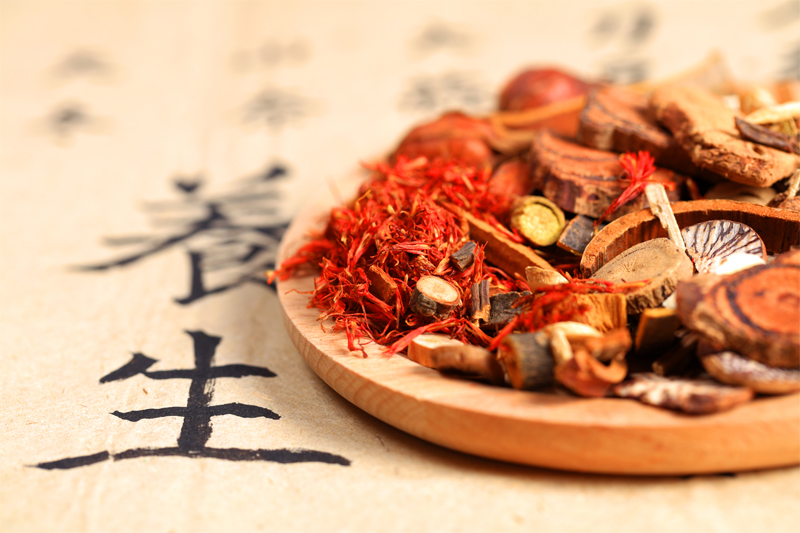Traditional Chinese Medicine
Traditional Chinese Medicine

Traditional Chinese medicine (TCM) is an alternative medical practice drawn from traditional medicine in China. It has been described as "fraught with pseudoscience", and the majority of its treatments as having no logical mechanism of action.
Medicine in traditional China encompassed a range of sometimes competing health and healing practices, folk beliefs, literati theory and Confucian philosophy, herbal remedies, food, diet, and exercise, medical specializations, and schools of thought.
In the early twentieth century, Chinese cultural and political modernizers worked to eliminate traditional practices as backward and unscientific. Traditional practitioners then selected elements of philosophy and practice and organized them into what they called “Chinese Medicine” (Zhongyi).
In the 1950s, the Chinese government sponsored the integration of Chinese and Western medicine, and in the Great Proletarian Cultural Revolution of the 1960s, promoted Chinese medicine as inexpensive and popular.
After the opening of relations between the United States and China after 1972, there was great interest in the West for what was now called Traditional Chinese Medicine (TCM).
TCM is said to be based on Compendium of Materia Medica and Huangdi Neijing and includes various forms of herbal medicine, acupuncture, cupping therapy, gua sha, massage (tui na), bonesetter (die-da), exercise (qigong), and dietary therapy.
TCM is widely used in the Sinosphere. One of the basic tenets is that the body's vital energy (ch'i or qi) is circulating through channels called meridians having branches connected to bodily organs and functions.
The concept of vital energy is pseudoscientific. Concepts of the body and of disease used in TCM reflect its ancient origins and its emphasis on dynamic processes over material structure, similar to the humoral theory of Ancient Greece and Ancient Rome.
The demand for traditional medicines in China has been a major generator of illegal wildlife smuggling, linked to the killing and smuggling of endangered animals.
History
Scholars in the history of medicine in China distinguish its doctrines and practice from those of present-day TCM. Nathan Sivin criticizes attempts to treat medicine and medical practices in traditional China as if they were a single system. Instead, he says, there were 2,000 years of "medical system in turmoil" and speaks of a "myth of an unchanging medical tradition." He urges that "Traditional medicine translated purely into terms of modern medicine becomes partly nonsensical, partly irrelevant, and partly mistaken; that is also true the other way around, a point easily overlooked."
TJ Hinrichs observes that people in modern Western societies divide healing practices into biomedicine for the body, psychology for the mind, and religion for the spirit, but these distinctions are inadequate to describe medical concepts among Chinese historically and to a considerable degree today.
The medical anthropologist Charles Leslie writes that Chinese, Greco-Arabic, and Indian traditional medicines were all grounded in systems of correspondence that aligned the organization of society, the universe, and the human body and other forms of life into an “all-embracing order of things.” Each of these traditional systems was organized with such qualities as heat and cold, wet and dry, light and darkness, qualities that also align the seasons, compass directions, and the human cycle of birth, growth, and death. They provided, Leslie continued, a “comprehensive way of conceiving patterns that ran through all of nature,” and they “served as a classificatory and mnemonic device to observe health problems and to reflect upon, store, and recover empirical knowledge,” but they were also “subject to stultifying theoretical elaboration, self-deception, and dogmatism.”
The doctrines of Chinese medicine are rooted in books such as the Yellow Emperor's Inner Canon and the Treatise on Cold Damage, as well as in cosmological notions such as yin–yang and the five phases.
The "Documentation of Chinese materia medica" (CMM) dates back to around 1,100 BCE when only a few dozen drugs were described. By the end of the 16th century, the number of drugs documented had reached close to 1,900. And by the end of the last century, published records of CMM had reached 12,800 drugs." Starting in the 1950s, these precepts were standardized in the People's Republic of China, including attempts to integrate them with modern notions of anatomy and pathology. In the 1950s, the Chinese government promoted a systematized form of TCM.
https://en.wikipedia.org/wiki/Traditional_Chinese_medicine


